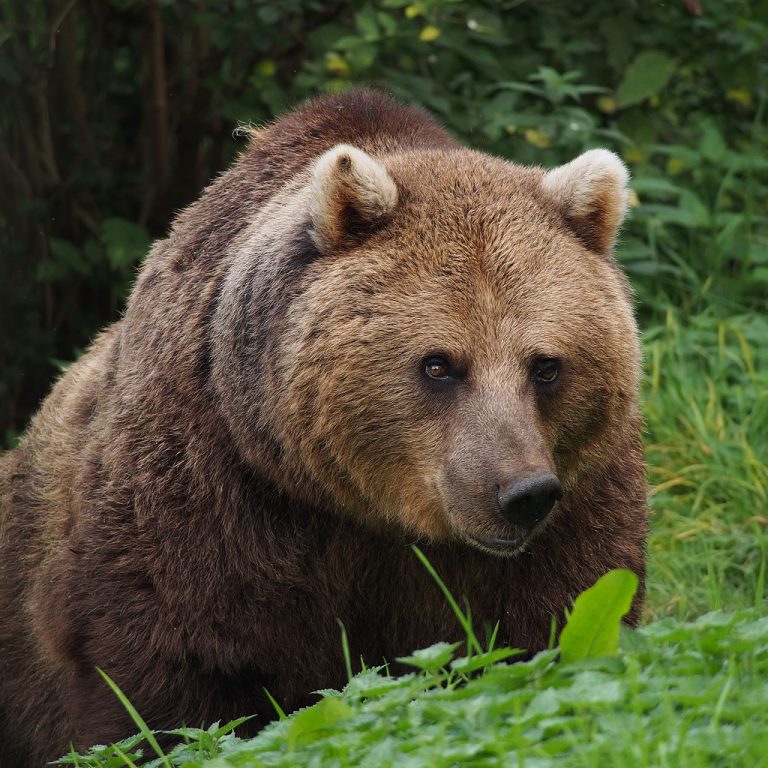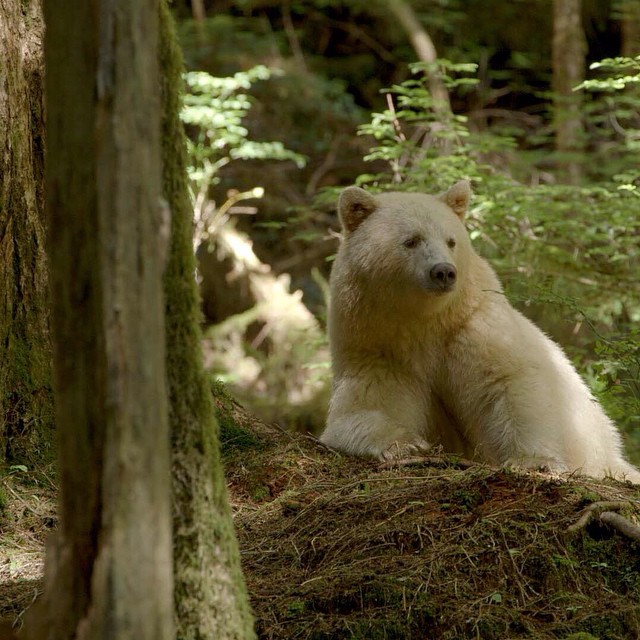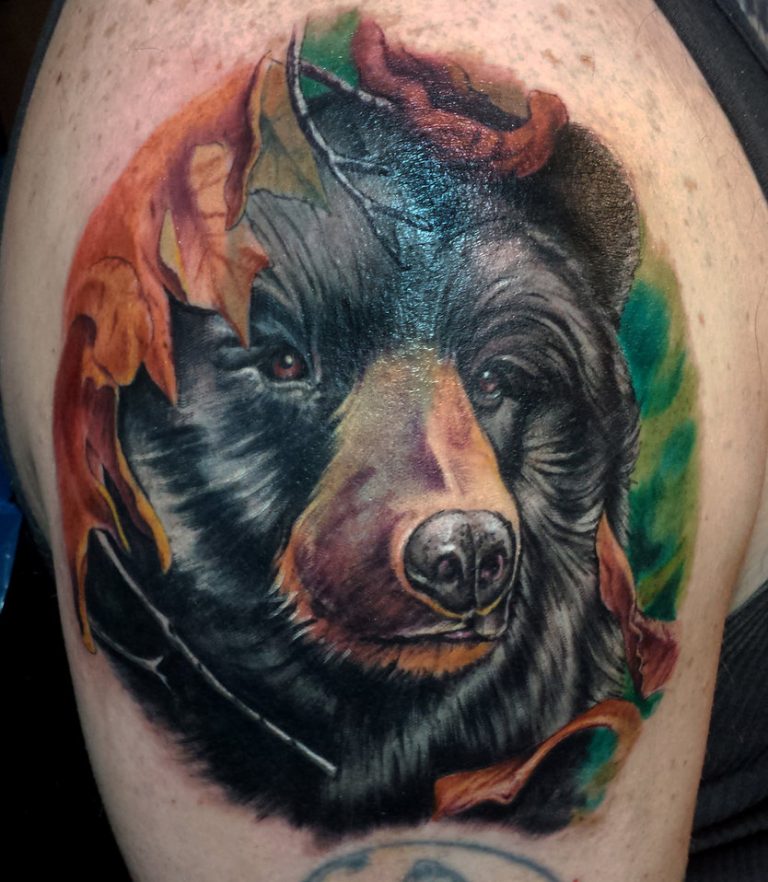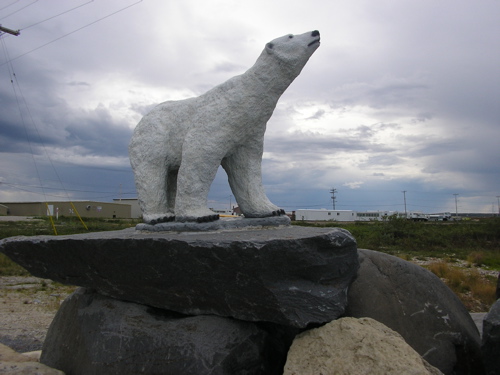Why Does The Horrible Asian Market For Bear Parts Still Exist?
Despite several efforts to stop it, the Asian market for bear parts continues to thrive.
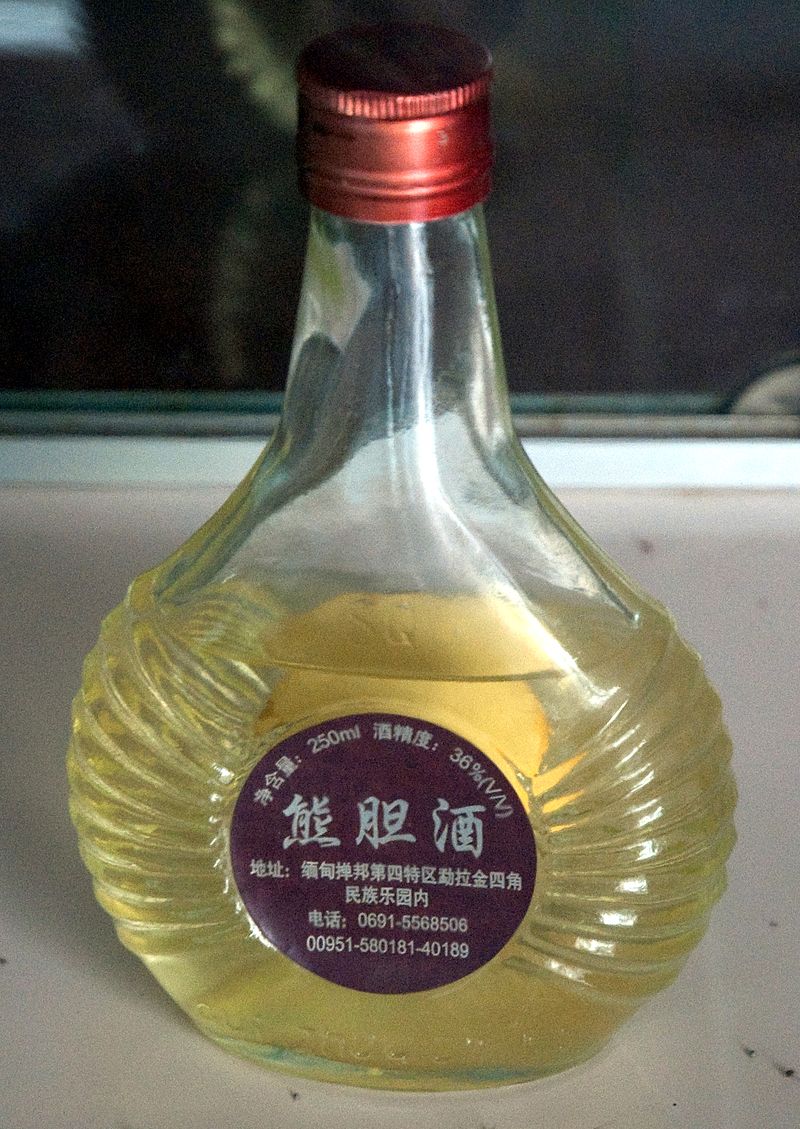
Asia is home to a vast majority of bears. Varieties range from the well-known Giant Panda, to the Brown bears, the Asiatic black bears (commonly known as the moon bear), to the smallest in the bear family: the the Sun bear. And as any animal lover out there knows, there are ways in which we can interact with these animals without hurting them.
However, this is not the case in many parts of Asia where bears are captured and kept as pets and much worse.
Interestingly, bears typically have no natural predators except humans. And humans have been killing them in their thousands since ancient times. But other than in self-defense, why would people hunt and capture bears or even strive to keep them as pets?
Even worse, why are bears so valuable dead, alive, whole or butchered for sale in some Asian countries? Why is the Asian market for bear parts still thriving in modern day Asia?
That’s what we want to find out below.
Facts And Figures From The Asian Market For Bear Parts
Firstly, lets look at some disturbing facts from the Asian bear parts trade.
- Dead or alive, approximately 2,801 bears have been traded for their parts between 2000 and 2011 in Asia. Cambodian and Chinese poachers are at the forefront of this act.
- Asian bears are at a staggering decline. It is, however, difficult to establish the exact number of bears as they live in densely forested regions.
- It is worth noting that the Sun bear and the Asian (Asiatic) black bear in particular have been on the decline of up to at least 30 percent of their population in the last three decades.
- Contributing in large part to this is the Asian bear bile farming industry.
- Thailand and Malaysia are notorious for the pet bear (exotic animal) trade. Although it’s illegal, that does not stop it from happening.
At the height of the Asian market for bear parts, it was not uncommon to find hundreds of bear claws and skeletons at a time on display in public markets.
Why Are Bears And Their Parts So Important In Asia?
Some cultures in the Asian community use bears for many reasons :
-
Supernatural powers.
They believe bear parts like the claws and teeth possess supernatural powers.
-
Sexual performance
Some people believe that bear meat enhances sexual performance for men.
-
As meat
Bear meat is a delicacy in parts of Asia (China for instance) and it’s often included in cooking recipes. Reports to the Associated Press (AP) from the 1990s indicated that there were restaurants in Thailand that specialized in torturing bears to death in front of diners before cooking the meat.
The perception was that this act made the meat taste even better. Such “banquets” could cost upwards of $9,000. This practice was also reportedly quite popular among South Koreans, the Chinese, and the Taiwanese people.
-
Bile Farming.
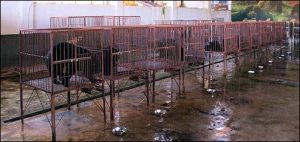
A Row Of Caged Bears At A Bile Farm (Photo: Wikimedia Commons)
As stated earlier, bears in Asia are “farmed” primarily to milk their gall. Apparently, bear bile contains ursodeoxycholic acid (UDCA): A product used in treating gallbladder and liver conditions.
In China alone, at least 10,000 bears are farmed for their bile. It began in the 1980s when they saw it as more industrious to farm bears by routinely milking them rather than killing them for their bile.
Over time, bear bile has been integrated into tea, tonic, and toothpaste, all of which are not necessary. The existence of a natural, synthetic substitute has not done much in lifting the plight of bears though.
The bears are put into cages at the tender age of 3 months where they would spend the rest of their lives. Often their teeth and claws are cut back to reduce their aggressiveness. Due to the pain they suffer, the bears mutilate themselves and often bash their head on the walls of their cages. They also damage their own eyes, scratch themselves, and many bleed to death.
But this practice persists to date and bear bile is even more expensive than gold or cocaine!
Check out this link to learn more details about bear bile farming.
Fighting bear bile farming is extremely difficult because the bile actually relieves some medical conditions. Also, the users believe that such a powerful animal should produce powerful medicine.
Efforts To Rehabilitate And Save Abandoned And Abused Asian Bears
1) According to Edwin Wiek, the founder of Wildlife Friends Foundation Thailand, an organization that rescues not only bears but all animals, a baby bear sells for between $500 to $600 dollars. However, for the past 15 years, Mr. Wiek says that he has never been able to comprehend why anyone would keep a bear as a pet.
One would buy a bear when still young. As cubs grow, they become more aggressive, unpredictable and destructive. This behavior leads to their owners abandoning them and sending them away to temples.
Temples are not equipped with the correct equipment and tools to handle such animals. This is where Edwin comes in.
However, it doesn’t always end well for the bears due the long years of captivity.
2) Dr. Siew Te Wong is a leading bear expert in Malaysia and the founder of the Bornean Sun Bear Conservation Centre. He gives bears a second chance to live in the wild. He has developed a wild, lush sanctuary where rescued bears get to live the lives they missed..
Dr. Siew states that rehabilitating bears is not an easy task, but he is devoted to bringing as many bears as he can back into the sanctuary to experience some level of peace.
3) Dr. Jill Robinson’s Animals Asia is not only involved in rescuing caged bears from bile farms but also in sensitizing the public.
Granted, the trade in bear parts is deeply ingrained in Asian culture but it’s not impossible to stop. Measures like stricter enforcement of import/export penalties and widespread information can go a long way to help these bears.
Also, if synthetic substitutes to some of these products, especially bear bile, can be subsidized or distributed freely, there should gradually be some positive changes.
Combined with support from various governments, vendors, and the public, everyone’s efforts can ensure the safety of Asia’s surviving bears.



